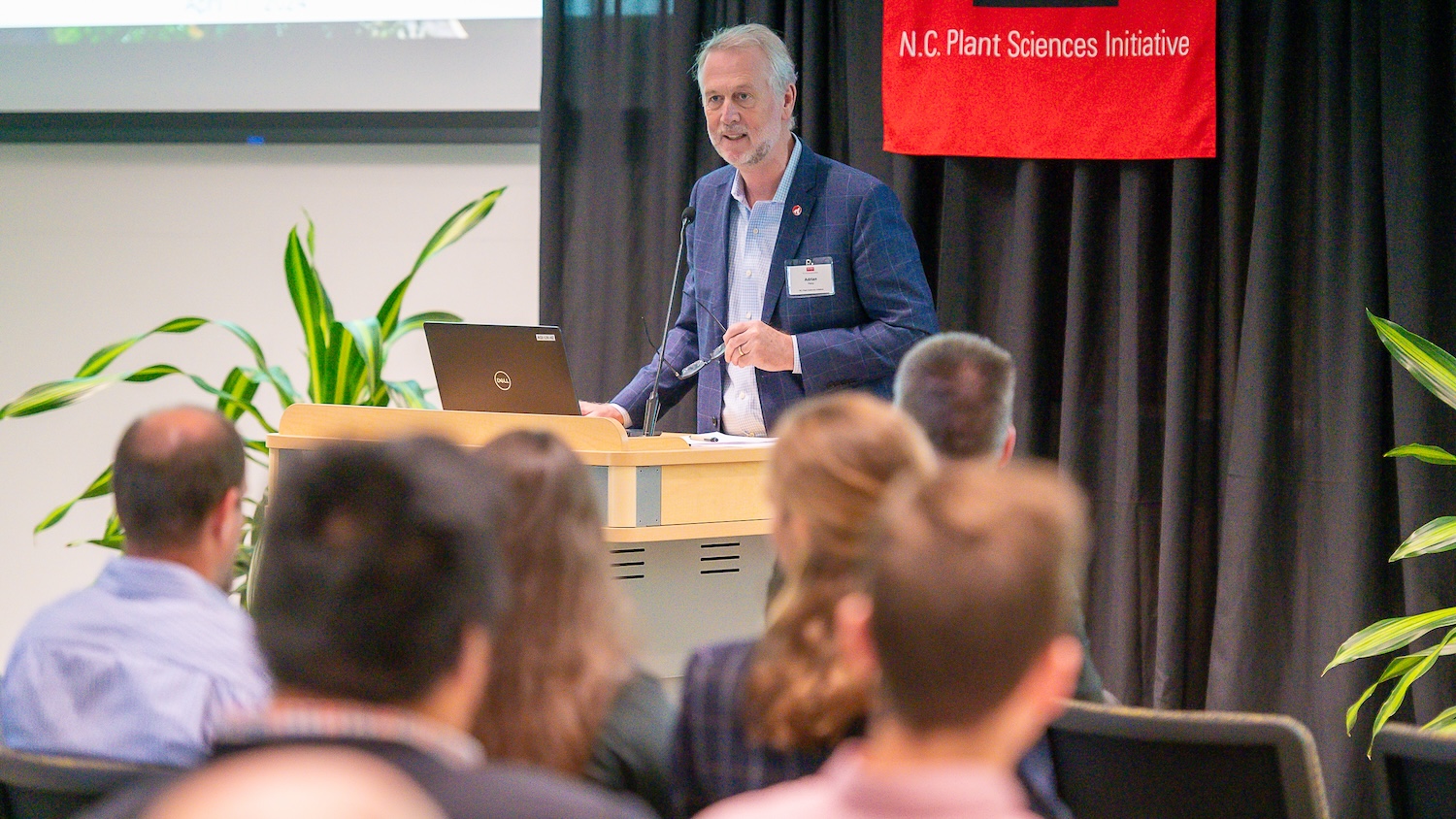The Few and the Many

MARY WALDEN:
“Today’s program looks at the few and the many. Mike, we are an economy driven by consumer spending. Buying by households accounts for 70 percent of all spending, yet when we look over time are there any major trends in consumer spending?”
MIKE WALDEN:
“One of the big trends seems to be that households are buying much more specific items. There’s so much variety now. I mean even for things like food or clothing there’s so much variety, and what we’re finding is nothing is really typical in terms of household spending.”
“Sure, we all buy clothes. We buy shoes. We eat food, et cetera, but in terms of the specific kinds of foods, the specific kind of clothing, the specific kind of footwear there’s so much variety that people now have a lot of choices. And if you look at the spread of what people buy people are buying much more identifiable things that fit their particular lifestyle.”
“So on the one hand this is good because now more people can find exactly what they want. Of course using the internet helps too, but this is creating challenges for buyers. And some economists say this is one reason why big, big stores are not dominating like they used to because the specific kind of buying for the specific product that exactly you want is creating more opportunities for niche stores that focus on that specific kind of idea.”
“So I would argue that in general this is good because it allows consumer demands, specific consumer demands, to be met, but it does create a challenge for everyone else.”
Mike Walden is a William Neal Reynolds Distinguished Professor and Extension Economist in the Department of Agricultural and Resource Economics at North Carolina State University who teaches and writes on personal finance, economic outlook and public policy.
- Categories:


